1. “Rock Lobster” by The B-52’s
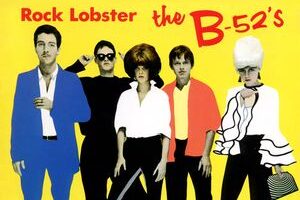
In Rock Lobster by The B-52’s, the inclusion of a wild, underwater animal sound—a lobster’s claws snapping—adds a fun, quirky dimension to the track’s eccentric atmosphere. The song, with its surf-rock vibe and upbeat tempo, doesn’t take itself too seriously. The snapping of lobstesnapping—adds to the playful, almost cartoonish imagery of the song, which is full of bizarre references to animals, including other sea creatures like jellyfish and crabs. The lobster sound serves as a quirky and lighthearted reminder of the track’s wild, unpredictable nature.
The sound of the lobster snapping claws might seem unusual in a pop song, but it perfectly fits the playful and surreal nature of The B-52’s style. The band was known for blending 1960s pop culture with avant-garde sounds, and the animal noises in Rock Lobster are a key part of creating the oddball charm that made the song so popular. The lobster sounds contribute to the overall feeling of absurdity and fun, reinforcing the idea that the song is more about free-spirited enjoyment than about following conventional rules of musical structure.
2. “I Am the Walrus” by The Beatles
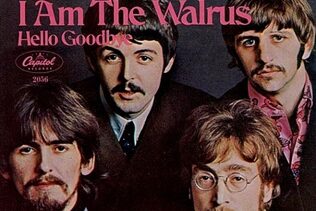
In one of their most experimental tracks, I Am the Walrus by The Beatles, animal sounds are featured to enhance the surreal, psychedelic vibe of the song. The iconic track, written by John Lennon, was filled with bizarre and unexpected elements, and the inclusion of a “mock walrus” sound was part of the playful chaos. During the recording, the band used various sound effects to make the track as jarring and eccentric as possible. One of the most memorable moments is when a distorted elephant call can be heard, which adds to the madness of the track, reinforcing its dreamlike and nonsensical atmosphere.
The animal noises in this song served more as a sonic metaphor than a literal representation. By weaving in chaotic sounds, including animal noises, the song encapsulated the unpredictability and absurdity of the world Lennon was depicting in his lyrics. The idea of the walrus and the chaos around it fit well within the broader theme of the song, which was an artistic commentary on the shifting culture of the 1960s. The elephant call, though subtle, helped to create a more immersive experience for listeners, one where the boundaries of reality were blurred.
3. “Africa” by Toto
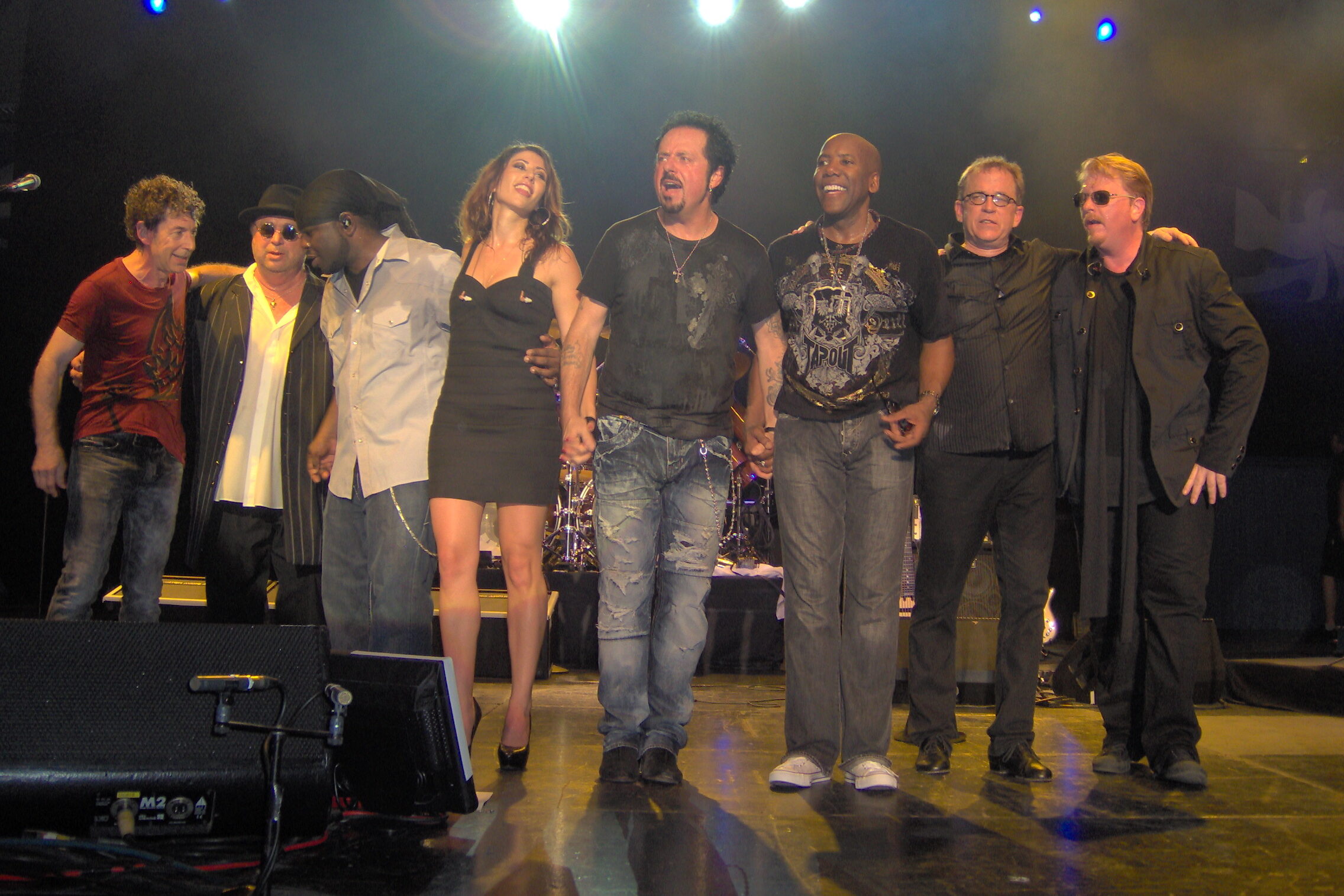
Toto’s Africa is one of the most iconic pop songs of the 1980s, and it features a collection of African-inspired sounds that bring the continent’s wildness to life. Among these sounds is the prominent use of animal calls, including the sound of lions roaring, which help set the tone for the song’s adventurous spirit. According to Wikipedia, the inclusion of these sounds was a nod to the band’s love of Africa, as well as the lyrical references to its vast, untamed beauty. The roaring lion symbolizes the wildness and power of the African landscape, adding a sense of grandeur and majesty to the song.
The lion’s roar isn’t just an animal sound but also a representation of the feelings of awe and wonder the band had for the African continent. It amplifies the song’s themes of exploration and reverence for nature, and it connects the song with the imagery of the wild African safari. This exotic soundscape helped to transport listeners to a distant, mysterious land, enhancing the lyrical journey to the heart of Africa, even if the song itself was created in a studio in the United States. The powerful presence of the lion’s roar is unforgettable, making it one of the standout animal sounds in hit songs.
4. “The Lion Sleeps Tonight” by The Tokens

Originally written in 1939 by Solomon Linda, The Lion Sleeps Tonight has undergone numerous adaptations, but its animal sounds remain a key element of its charm. The most iconic sound associated with the song is the roar of a lion, which not only aligns with the title but also adds sense of drama to the track. In The Tokens’ 1961 version, the lion’s roar adds an element of mystery and power, reinforcing the image of the lion as a majestic and peaceful creature resting in the jungle. The sound is woven into the background, almost like a lullaby for the mighty beast.
The lion’s roar in The Lion Sleeps Tonight serves as a symbolic representation of nature’s tranquility and strength. By choosing this animal sound, the song connects deeply with the themes of the wilderness and the peaceful yet powerful energy that the lion symbolizes. It also serves to immerse the listener in the imagery of the jungle, creating a more vibrant atmosphere that complements the soothing, dreamlike quality of the song. The lion’s presence, though not directly referenced in the lyrics beyond the title, still becomes one of the track’s most memorable sonic moments.
5. “Hells Bells” by AC/DC
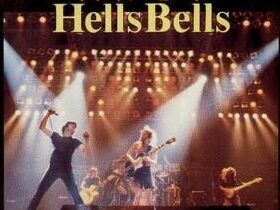
AC/DC’s Hells Bells opens with the haunting toll of a church bell, but what really makes the intro memorable is the addition of a chilling donkey bray in the background. While the braying donkey may seem out of place in a hard rock song, it creates a strange, eerie atmosphere that perfectly complements the ominous vibe of the track, according to Wikipedia. The sound adds an element of rural, almost mythical character, evoking a sense of foreboding and dread, making it the perfect introduction to the song.
The braying donkey was not only a creative sound choice, but it also subtly references the juxtaposition of innocence and hellish imagery that AC/DC often used in their music. The animal sound helps to further amplify the feeling of an impending storm, setting the stage for the explosive energy of the rest of the song. While the donkey may not have been the first animal sound listeners would expect in a heavy rock song, it worked wonderfully to establish an eerie mood that was unexpected yet fitting for the tone of Hells Bells. It’s an example of how unconventional sounds can be used to shape the emotional and atmospheric impact of a song.
6. “Surfin’ USA” by The Beach Boys

The Beach Boys’ Surfin’ USA is a quintessential surf rock anthem that brings the sound of the ocean to life. While the song is more famous for its catchy rhythm and celebration of surf culture, one of the standout features is the subtle use of seagull calls in the background. According to Wikipedia, the seagull sounds evoke the feeling of being at the beach, surrounded by the natural ambiance of the ocean and its wildlife. These calls add an extra layer of authenticity to the track, transporting listeners to the sun-soaked beaches of California, where the band’s music found its roots.
The seagulls’ cries not only contribute to the song’s nostalgic and beachy atmosphere but also enhance the connection between surf culture and the natural world. The call of the seagull is synonymous with coastal environments, and by weaving this animal sound into the background, the Beach Boys helped to immerse listeners in the experience of surfing and spending time by the sea. This attention to natural detail helps make Surfin’ USA an even more vivid and evocative anthem of the California lifestyle, where the sounds of the waves and the birds became as integral to the experience as the music itself.
7. “Black Dog” by Led Zeppelin
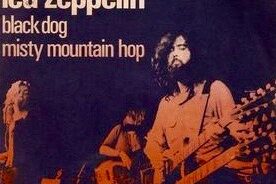
Led Zeppelin’s Black Dog is a rock classic that features a variety of instrumental and vocal innovations, but one of its most distinctive features is the deep growl of a dog, which can be heard in the background, according to Wikipedia. The dog’s growl is subtle but powerful, adding a layer of mystery and intensity to the track. It serves as a symbol for the complex and elusive nature of love and desire, which is the subject of the song’s lyrics. The inclusion of the dog sound was meant to reinforce the idea of being pursued by something wild and untamable, much like the emotions at the center of the song.
The growl of the black dog adds a primal, animalistic element to Black Dog, which is already charged with emotional intensity. The sound fits seamlessly with the song’s themes of longing and confusion, amplifying the sense of struggle and inner conflict. In a way, the dog becomes a representation of the unpredictable, sometimes aggressive nature of love, making it an essential sonic detail that deepens the emotional impact of the track. The growl works as both a literal and metaphorical reference, making the animal sound one of the most impactful and memorable in rock music.
8. “Wild Thing” by The Troggs
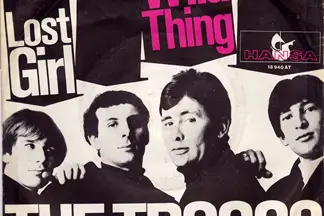
Wild Thing by The Troggs is an iconic rock song that exudes raw energy and animalistic passion, according to LastFm. The song’s title is a direct reference to untamed, primal desires, and to emphasize this wild energy, the song features a roar from an animal—specifically a lion’s roar. The roar is short but intense, capturing the song’s untethered and rebellious spirit. It was added to give the track an even more ferocious, untamed vibe, highlighting the unrestrained emotions at the heart of the song.
The inclusion of the lion’s roar makes sense given the track’s themes of love, lust, and desire, which are often depicted as wild and uncontrollable. The roar punctuates the feeling of passion and urgency, making it a powerful and memorable element of the song. The lion’s roar emphasizes the idea of being consumed by powerful, uncontrollable feelings, making it an integral part of the track’s impact. In this case, the animal sound not only fits the tone but also elevates the track, contributing to its legendary status.
9. “The Fox (What Does the Fox Say?)” by Ylvis
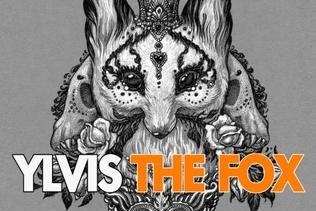
Ylvis’ viral hit The Fox (What Does the Fox Say?) is known for its absurd and catchy premise, but it’s the unique animal sounds used throughout the song that make it truly unforgettable. The song features a variety of animal calls, but the most prominent is the bizarre, electronic “what does the fox say?” noise, which imitates the vocalizations of a fox in a way that’s both comical and unsettling. The fox’s sounds are exaggerated for comedic effect, making it a highlight of the track.
The use of the fox’s sound in the song is meant to both entertain and provoke curiosity. Foxes are known for their mysterious, almost eerie calls, which are often unfamiliar to people, making them the perfect subject for a quirky and fun song. By focusing on the unknown and using humor to exaggerate the fox’s vocalizations, Ylvis created a track that was both a parody and a celebration of the mystery surrounding animal sounds. The absurdity of the question “What does the fox say?” paired with the weird animal sounds made the song an instant hit.
10. “Eye of the Tiger” by Survivor
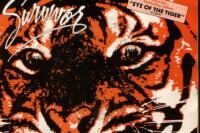
Eye of the Tiger by Survivor is best known as a powerful anthem for motivation, thanks to its iconic riff and driving beat. However, the song also features the sound of a tiger growling, which ties directly into the theme of strength, focus, and determination. The growl is subtle but unmistakable, serving as a reminder of the fierce, predatory nature of the tiger, which is often used as a symbol of power and endurance. The tiger’s growl amplifies the message of the song, reinforcing the idea of conquering challenges with a tenacious spirit.
The inclusion of the tiger’s growl adds depth to the track, elevating the imagery of a determined athlete (as seen in Rocky III) to one of predatory instinct and unwavering focus. The growl serves as both a literal and metaphorical representation of the strength and persistence needed to succeed, making it a fitting sound for a song that is all about overcoming obstacles. It underscores the song’s message of resilience, helping it become one of the most memorable motivational anthems of all time.


